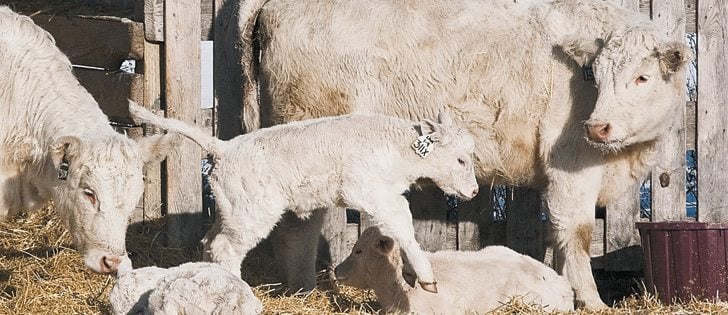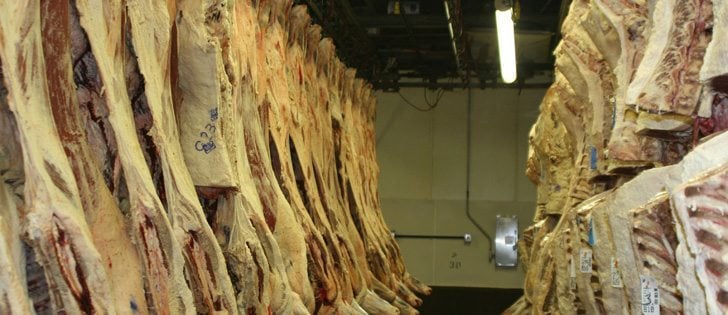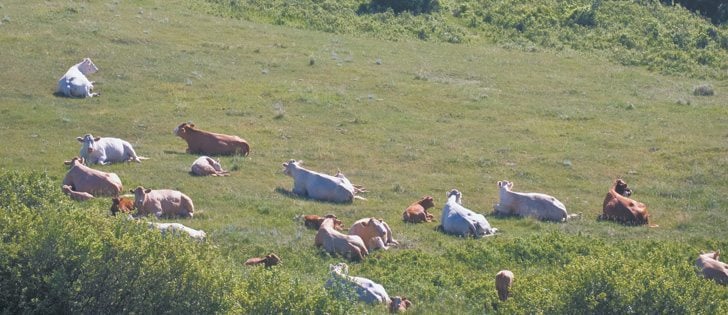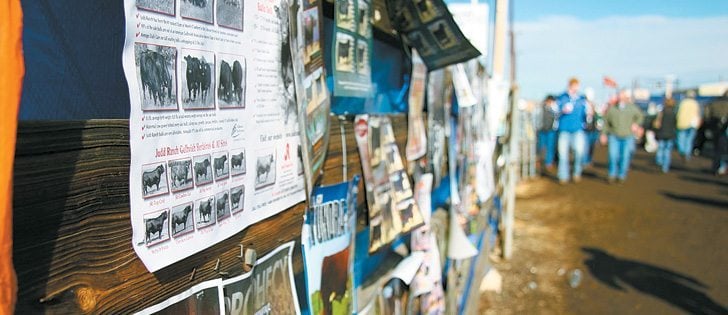National Cattlemen’s Beef Association | Although prices are up, so are feed and calf prices
NASHVILLE, Tenn. — The U.S. cattle herd is at its lowest levels since 1952, which has helped beef and live prices soar, but profits in the cattle sector might be elusive.
The U.S. Department of Agriculture’s Jan. 1 cattle inventory report counted 90.8 million cattle and calves, down 2.1 percent from 2011 and six percent lower than the last cyclical peak in 2007. This means the 2012 calf crop should be about two percent smaller than last year.
Cow-calf producers may receive unprecedented prices for their cattle but that does not equate with profitability, said Cattlefax chief executive officer Randy Blach.
Read Also

House ag committee to undertake several studies
The House of Commons standing agriculture committee has set its agenda for the coming months. Members began the fall sitting with a two-hour update on international trade
Producers face greater input costs and a credit crunch, he said during an outlook seminar at the National Cattlemen’s Beef Association annual meeting in Nashville Feb. 1-4.
It takes 60 percent more capital to operate a cow-calf operation than it did in 2000.
The situation is equally challenging for feedlot operators, who may endure negative margins throughout most of the year as they struggle to pay for expensive calves and grain.
Credit availability will be essential in shaping the long-run success of most operations, he said.
“It is not the same business it was 10 years ago,” he said.
Risk management and marketing techniques such as formulas, contracts and grids will be needed to protect against volatility. About 70 percent of cattle are sold through these agreements rather than on the cash spot market, said Blach.
Record high calf values were experienced in 2011 with overall prices up 15 percent. More records will likely be set in 2012.
He said it was nerve wracking watching the volatile market last year. About 40 percent of the time there was a $30 per head change in the spot market from week to week.
Cattlefax predicts the average price for calves, yearlings and finished cattle could reach new highs, based on current herd numbers and the futures market.
Fed cattle values will average $122 per hundredweight. A 750 pound steer could average $150 per cwt. and a 500 pound calf will be around $175, with some fancy types exceeding $200 per cwt.
Cow prices might hit $80 per cwt. compared to the annual average of $70 last year.
“That means we will have cow values pushing 90 to 95 cents (per pound) on the high side,” said Kevin Good of Cattlefax.
Bred cows were $1,200 last year and could average $1,500 in 2012, with the top types worth $2,000 each.
Favourable butcher cow prices resulted in the largest cow slaughter since 1996. Nearly seven million cows were killed. However, many were sold off because of the worst drought in a century in the southern Plains.
The cow herd dropped by 13 percent in Texas and 11 percent in Oklahoma and New Mexico. The Texas cattle herd is 1.4 million head smaller than a year ago.
However, better prices could en-courage expansion. While the southern cow regions must rebuild what was lost, some heifer retention is going on in the northern part of the United States, where there is ample feed. Large feed supplies and high prices should also encourage Canadian expansion.
No real impacts will be seen for a couple of years.
“We think we are going to see some expansion over the next couple years, but we are going to have to see cow slaughter down and Texas cow levels pick up,” Good said.
Feedlot placements will be down as fewer females produce calves. Placements in small yards with less than 1,000 head are down by 10 percent.
However, Cattlefax suspects many of these farmer feeders cut back on cattle to grow more crops.
A smaller herd affects feedlot and packing plant infrastructure.
“There will be some contractions in that segment over the next year or two because of this factor,” Good said.
Less beef, pork and poultry is available.
Total per capita meat supply is 198 lb., down two percent in 2011, which is the smallest meat supply since 1991.
Beef demand is flat and disposable incomes are not likely to return to pre-recession levels soon. Still, retail beef prices are up 10 percent.
Fresh retail beef averaged $3.05 per lb. in 2002 and last year it was $4.44 per lb. It should hover around $4.80 per lb. this year and no one is sure when consumers might balk and refuse to buy.
Trim demand used for ground meat has gained the most as people continue to eat more hamburgers and other ground meat items rather than whole muscle cuts.
The once premium priced loin was devalued by nine percent between 2006-2010 while the chuck is up by 26 percent for the same period. Good predicts stores will offer more ground sirloin, round and chuck to meet the demand.
Twenty years ago the industry struggled to move end cuts and trim and now they are the best sellers, said Blach.
“That has been the biggest victory for this industry to see the value that has been added to that product,” he said.

















